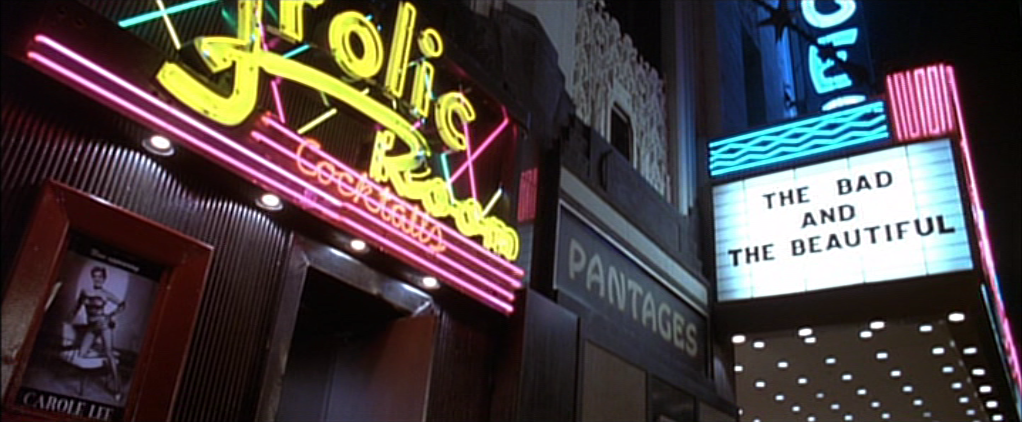I was searching the UMW library database for a James Ellroy novel I wanted to re-read this break (The Big Nowhere), when I stumbled across his introduction to an Everyman’s Library Edition of some of Dashiell Hammett’s stories and novels. I was excited by the discovery because both Hammett and Ellroy factored heavily into the hardboiled class I taught this fall, and I was dying to know what Ellroy made of Hammett. I walked over to the library—what a privilege it is to have one so close!—and grabbed the book. (As is often the case these days, the introduction is also available in its entirety online as an article in the Guardian titled “The poet of collision”, who knew?)
As usual Ellroy didn’t disappoint, and the first paragraph of his succinctly jumpy introduction frames the tension at the heart of Hammett’s vision:
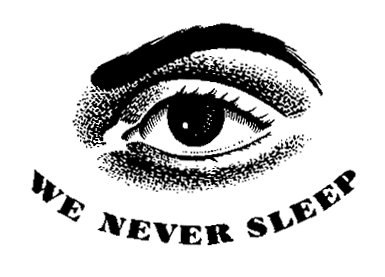
“We Never Sleep” The Pinkerton Detective Agency Motto and Icon
Dashiell Hammett was allegedly offered five Gs to perform a contract hit. It is most likely a mythic premise. He was a Pinkerton operative at the time. A stooge for Anaconda Copper made the offer. The intended victim was a union organiser. The stooge had every reason to believe Hammett would take the job – post-first-world-war Pinkertons were a goon squad paranoically fearful of all perceived reds. Hammett’s mythic refusal is a primer on situational ethics. He knew it was wrong and didn’t do it. He stayed with an organisation that in part suppressed dissent and entertained murderous offers on occasion. He stayed because he loved the work and figured he could chart a moral course through it. He was right and wrong. That disjuncture is the great theme of his work.
The great moral disjuncture Ellroy frames here was in many ways at the heart of the first three writers of the hardboiled course. From Hemingway to Hammett to Fante, the post-first-world-war meditation on the moral void of contemporary culture opened up like a huge, gaping hole at the center of the century, and all the Nietzsche, Freud, and Marx I tried to shovel into it couldn’t begin to fill it up. This is part of the reason why I’ve been drawn so deeply into the first three seasons of Boardwalk Empire, as a contemporary series it is embedded within that disjuncture, there is no clear moral course through it. A few students noted on the final exams I graded yesterday that the novelists we read during the second half of the course (Himes, Paretsky, Ellroy, Mosley) were attempting to right the wrongs of the earlier novels—a fascinating take on the class. There was a continuation of the same themes in the later novels, but rather then remaining within the ocean of moral uncertainty as Hammett does, the later writers surgically try and remedy the moral disjuncture historically.
Beyond that, Ellroy’s introduction vindicates one of the biggest omissions on my syllabus: Raymond Chandler. His work is included tangentially through films like Double Indemnity (1944) and Strangers on a Train (1951), but we didn’t read any of his novels. In fact, I made a conscious choice to put John Fante’s Ask the Dust in instead of The Big Sleep.
…Hammett’s vision is more complex than that of his near-contemporary Raymond Chandler. Chandler wrote the man he wanted to be – gallant and with a lively satirist’s wit. Hammett wrote the man he feared he might be – tenuous and sceptical in all human dealings, corruptible and addicted to violent intrigue.
Marlowe always seemed far too right, too pure—the dark side was purely slumming in his books. Personal triumphs aside, the other theme that comes up again and again this semester is the idea of work versus labor that pervades the genre. Ellroy gets at the tension between detecting as a job versus the fiction quite nicely:
Detective work was by nature prosaic. File prowls, blown tails, attenuated stakeouts. Crime stories demanded near-continuous action. File prowls must yield revelation. Blown tails must provide climax. Stakeouts must further plot. Hammett knew this going in: crime fiction was preposterous melodrama with a gnat-sized reality base. Never had there been a single case rife with multiple shootouts, homicidal seductresses and wall-to-wall mayhem succinctly resolved at tale’s end. Hammett had to fit social realism into a suffocatingly contrived form. He did it with language – densely spare exposition and multilayered dialogue.
I love how Ellroy reminds us of how far apart the reality and the fiction are in this sphere, re-situating the hardboiled crime novel within the realm of “preposterous melodrama” (which is interestingly linked to my other hang-up this semester: Douglas Sirk‘s 1950s melodramas). The narrative action of Red Harvest is preposterous, as Ellroy notes a bit further on:
The body count accretes with no more horror than pratfalls in farce. It doesn’t matter. The language is always there.
The language is all that matters, and it is rooted in work-a-day stiffs whom are private operatives working for corporate overlords at a meager wage. These are not workers within a larger social context of solidarity that defines the labor struggle of the early twentieth century, but rather alienated wage slaves. And what are they working towards? Well, to crush organized labor.
Hammett’s workday men risk peril for trifling remuneration and never question the choice. The great satisfactions of the job are the mastery of danger and the culling of facts to form a concluding physical truth. These facts comprise the closing of the case and thus the story. Hammett’s men stand hollowly proud in their constant case conclusions. They are in no way affirmed or redeemed. They have survived. They are hopped-up versions of the schmuck clerk who got through one more shift at Wal-Mart. Their mundane world swirls around them and ignores them.
Updating Hammett’s Continental Op to a “hopped-up” version of the “schmuck clerk” at Wal-Mart is frighteningly accurate caricature of contemporary culture that illustrates the train wreck that is the labor movement in the US. The historical and cultural themes underpinning hardboiled fiction and noir film are myriad, but this is the the theme that has been haunting me all semester—and Ellroy brings it home like a shiv in the neck. Hardboiled literature is violently hostile to organized labor. The vision of the lone, hardboiled detective as romantic hero acts as a trope to romanticize the institutional oppression of labor—and the flaccid, middle-aged, unattractive detective stands by helplessly watching and moralizing to no effect—then on to the next job. Ellroy points this struggle out when trying to make sense of Hammett’s operative work as “fascist tool” for the wealthy alongside a concomitant guilt that drives a literature of violent atonement that ultimately results in powerlessness.
Hammett saw himself as complicit. The realisation may have fuelled his self-destructive path with alcohol and women. He was a Pinkerton. He signed on to work for an enforcement agency that squashed workers flat. He knew it was wrong. He knew he was wrong. He did the job on an ad hoc basis and couched his Manoeuvrings within The Manoeuvre in a personal moral code. The monstrous force of systemic corruption cast his code and his own job holder’s life in extreme miniature and rendered everything about him small – except his guilt.
I love how Ellroy frames Hammett as a twisted character obsessed with his own guilt. It’s like a page from The Black Dahlia. We are our criticism.
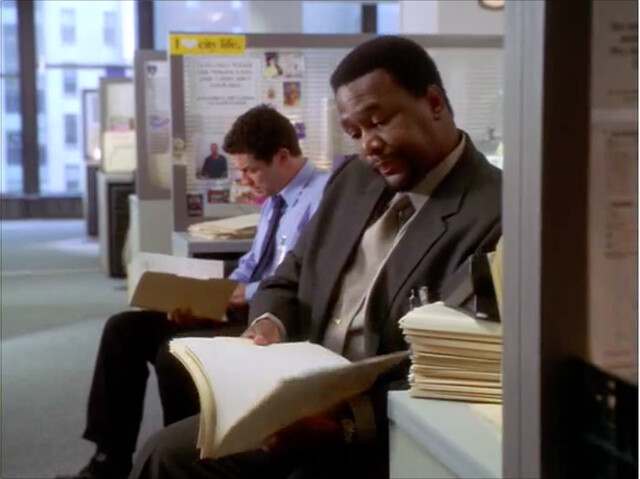
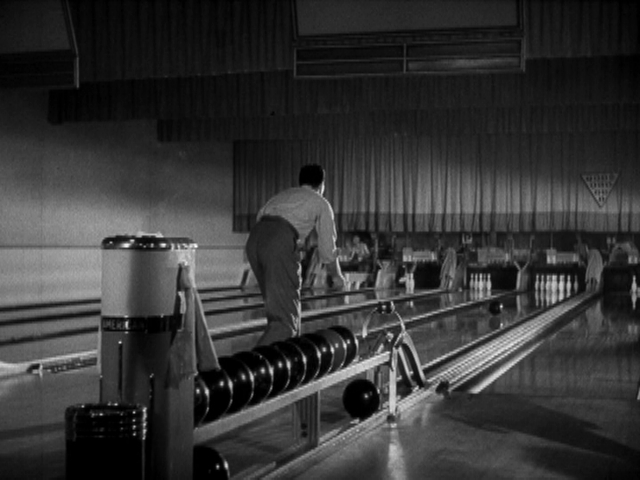
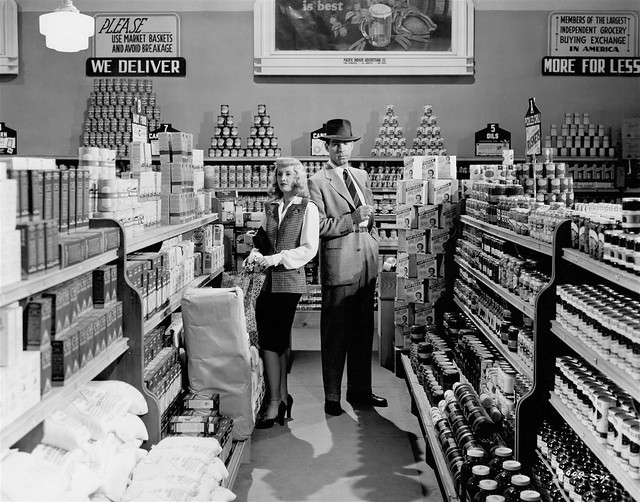

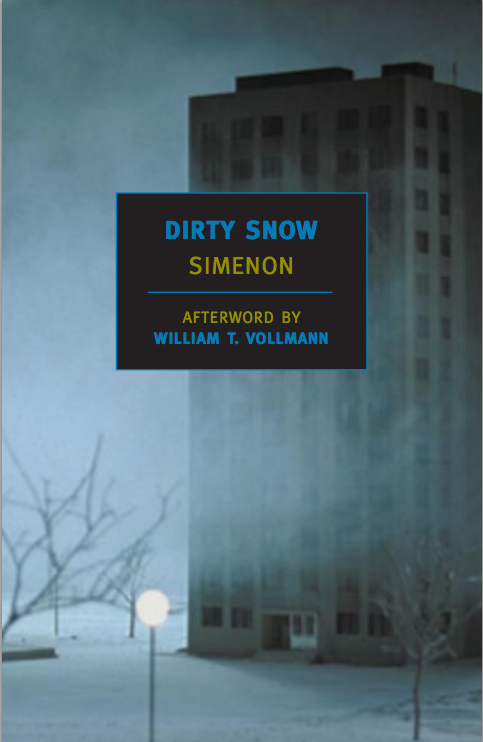
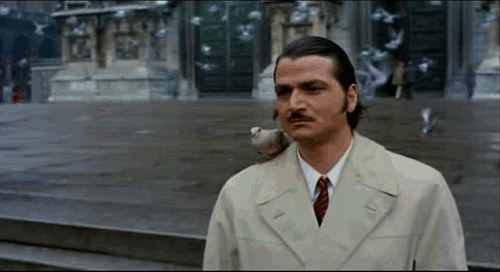

 Thanks to my special lady friend,
Thanks to my special lady friend, 
